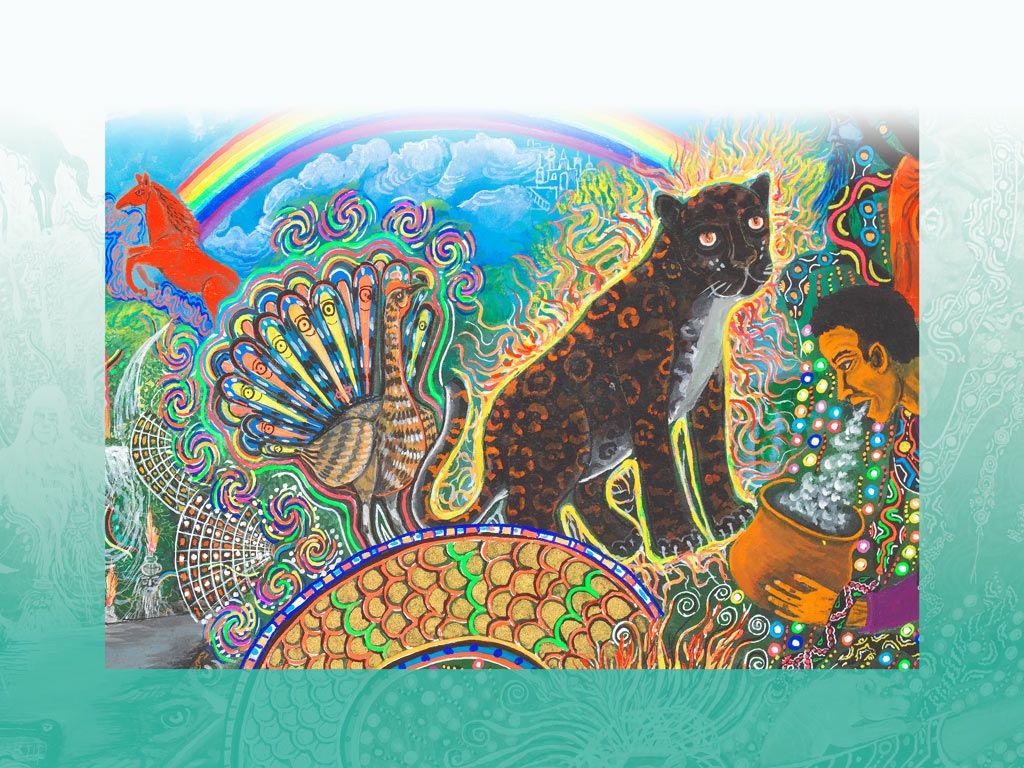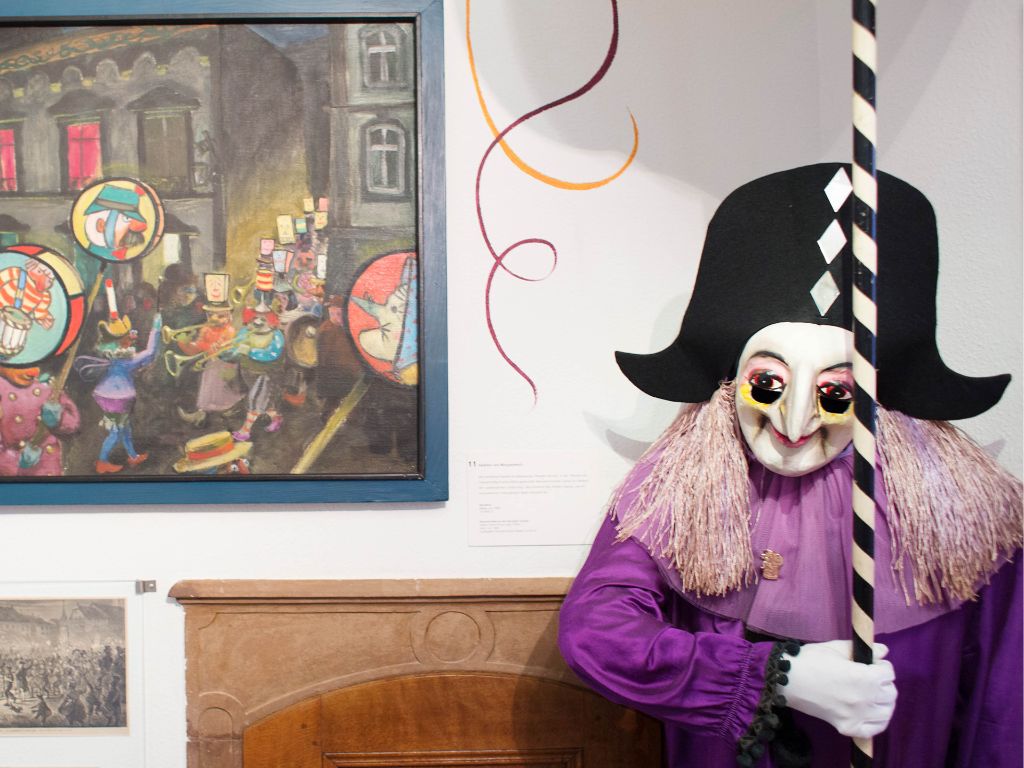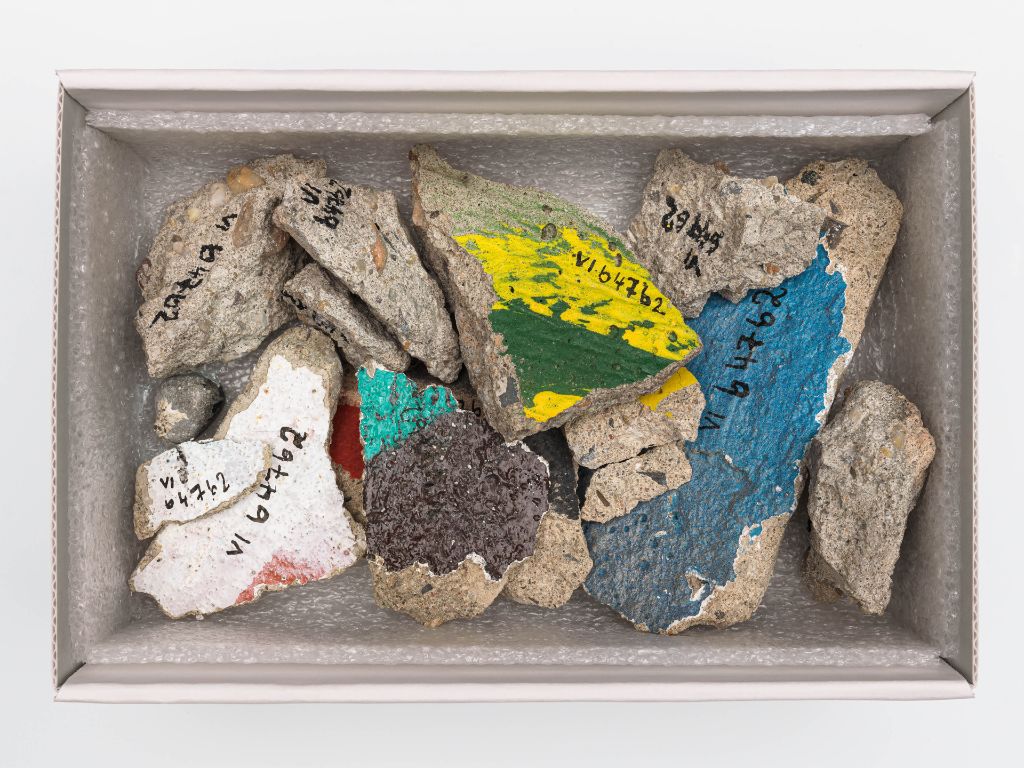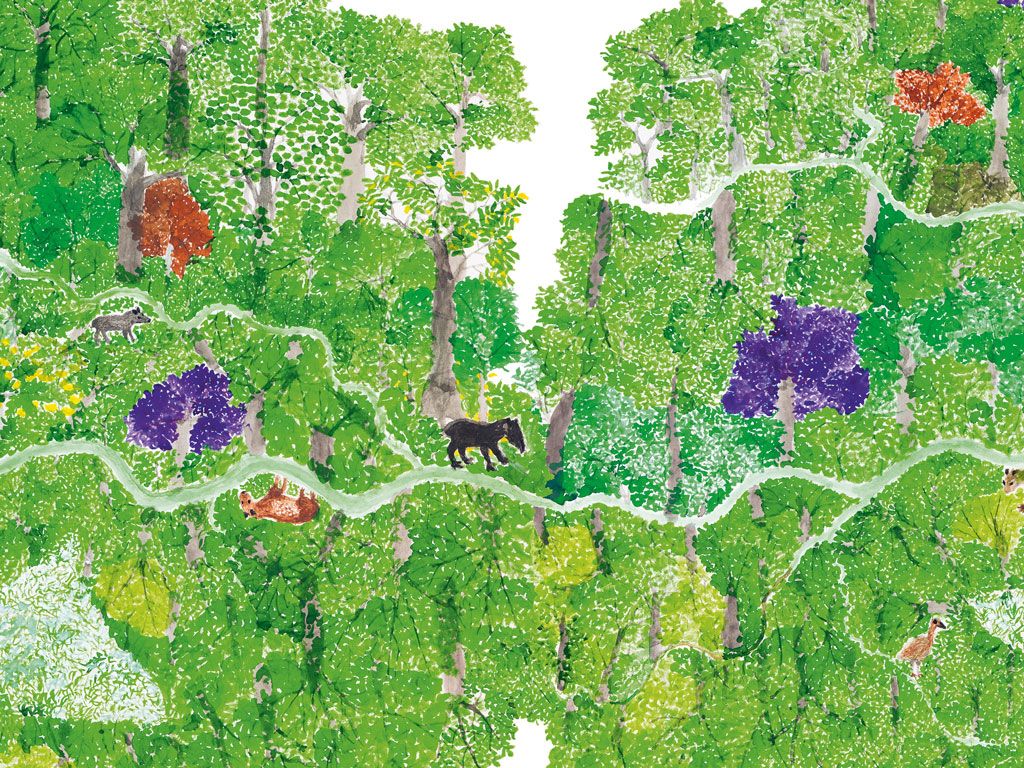What happens after death? Undoubtedly a question that many people ask themselves. As to be expected, the answer varies according to culture, religion, and individual.
The exhibition showcases around 250 exhibits from the museum's collection, representing a wide variety of concepts and ideas about the journey from this world to the next in material form. These range from amulets, Buddhas, coffins, to figures, fans, vessels, bells, musical instruments and masks to jewellery, thangka, mortuary boards, cloths, and drawings.
Not deadly serious
Providing the deceased or souls with the right things for the journey to the beyond can be quite demanding. The Ga people in Ghana practise an elaborate funeral culture with uniquely imaginative coffins. Thus, already the opening to the exhibition illustrates that although the matter is deadly serious, it also has its colourful and life-affirming sides.
The Indonesian artist Eddie Hara, for example, presents a cheerful vision of afterlife in his huge mural See you on the other side. The altar by Mexican artist Pepe Villegas bears colourful testimony to the Día de Muertos folk festival, held in honour of the deceased on 1 and 2 November.
Safe and sound
The beginning of the path – death – is often accompanied by a series of special procedures and ceremonies; the same applies to funerals. Here, as later on, the deceased’s relatives and diverse objects play a significant role.
The Tibetan Book of the Dead, Bardo Thödol, describes the first 49 days after passing – including encounters with benevolent as well as wrathful deities. In Bali, cremation towers, incineration coffins, and effigies play a significant part in purifying the soul. This can take up to several months and forms a centrepiece of the exhibition.
Provided with protective objects, the deceased or their souls are accompanied on their journey by animals and musical instruments. The path has no finite destination; accordingly, the final section of the exhibition deals with remembrance. Music worth dying for and film clips ensure that the exhibition ends on a somewhat lighter note.
.svg)




